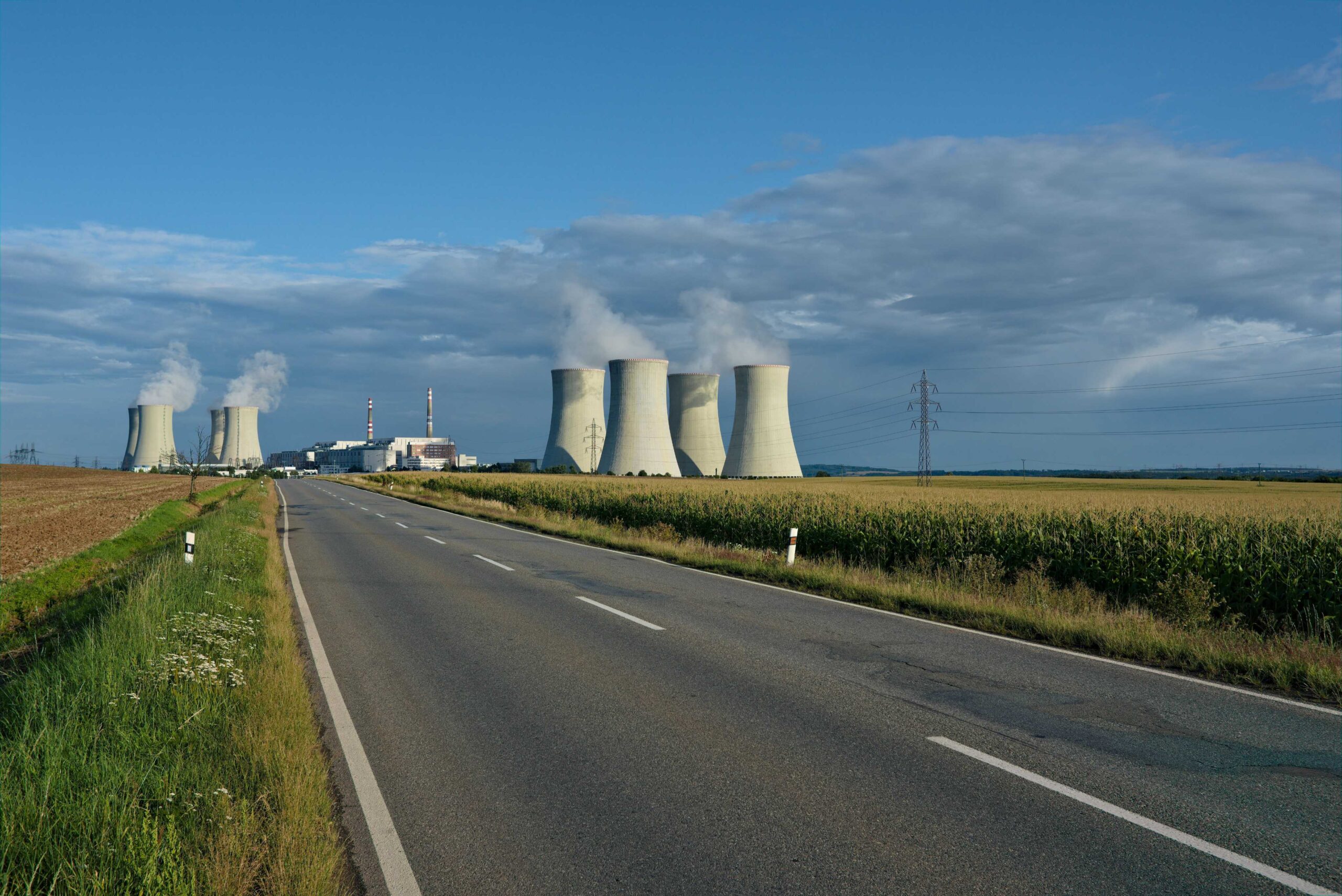In the quest to combat climate change, many nations are turning their gaze towards nuclear power, not just as an alternative, but as a pivotal solution in reducing greenhouse gas emissions. This shift marks a significant chapter in the global energy narrative, one where nuclear power is increasingly seen as a beacon of hope for sustainable energy.
Why Nuclear Power?
At the heart of this trend is nuclear power’s remarkable attribute: producing electricity with minimal carbon emissions. According to insights from various sources, including discussions on platforms like X, nuclear power’s carbon footprint stands at around 12 grams of CO2 per kilowatt-hour during operation, which is comparable to wind and significantly lower than fossil fuels. This low emission profile makes nuclear an attractive option for countries aiming for net-zero emissions goals.
Global Ambitions
From the United States to China, from Europe to emerging economies, the interest in nuclear power is palpable. For instance, the U.S. Department of Energy has highlighted potential pathways to expand nuclear capacity without building new plants, suggesting that existing infrastructure could be optimized to increase output, thereby enhancing nuclear’s contribution to the energy mix without the need for entirely new constructions.
- United States: There’s a renewed focus on extending the life of existing plants and exploring advanced reactors like Small Modular Reactors (SMRs). Oracle’s venture into powering data centers with SMRs underscores this trend towards innovative nuclear solutions.
- Europe: Facing energy security issues post geopolitical shifts, European countries are reevaluating nuclear power. The EU’s inclusion of nuclear in its green taxonomy signifies a policy shift towards recognizing nuclear as essential for energy security and climate goals.
- Asia: Countries like China and India are expanding their nuclear fleets, driven by the dual need for energy security and emissions reduction. China’s nuclear power capacity might soon rival that of the U.S., significantly reducing its reliance on coal.
- Emerging Markets: Nations with burgeoning energy needs are also jumping on board. The interest in SMRs and other advanced nuclear technologies indicates a future where nuclear could become more accessible for countries with less developed energy grids.
The Challenges Ahead
However, the path to a nuclear-powered future isn’t without hurdles. Public perception, nuclear waste management, and the high initial costs of nuclear construction remain significant barriers. Yet, innovations in technology, like advanced reactors designed for enhanced safety and reduced waste, alongside policy support, are slowly turning the tide.
Public Sentiment and Policy
Public discourse, amplified through platforms like X, reflects a growing acceptance of nuclear power, not as a necessary evil, but as a crucial ally in the fight against climate change. The narrative is shifting towards one of nuclear power’s reliability and its role in providing baseload power, complementing intermittent renewable sources like solar and wind.
The Takeaways
The global embrace of nuclear power for emissions reduction is more than a policy shift; it’s a strategic pivot towards securing a sustainable energy future. As nations continue to navigate the complexities of energy policy, nuclear power stands out as a proven technology that could bridge the gap between our current energy demands and a cleaner, low-carbon future. This nuclear renaissance, driven by necessity and innovation, could well be the linchpin in our global strategy to combat climate change.



